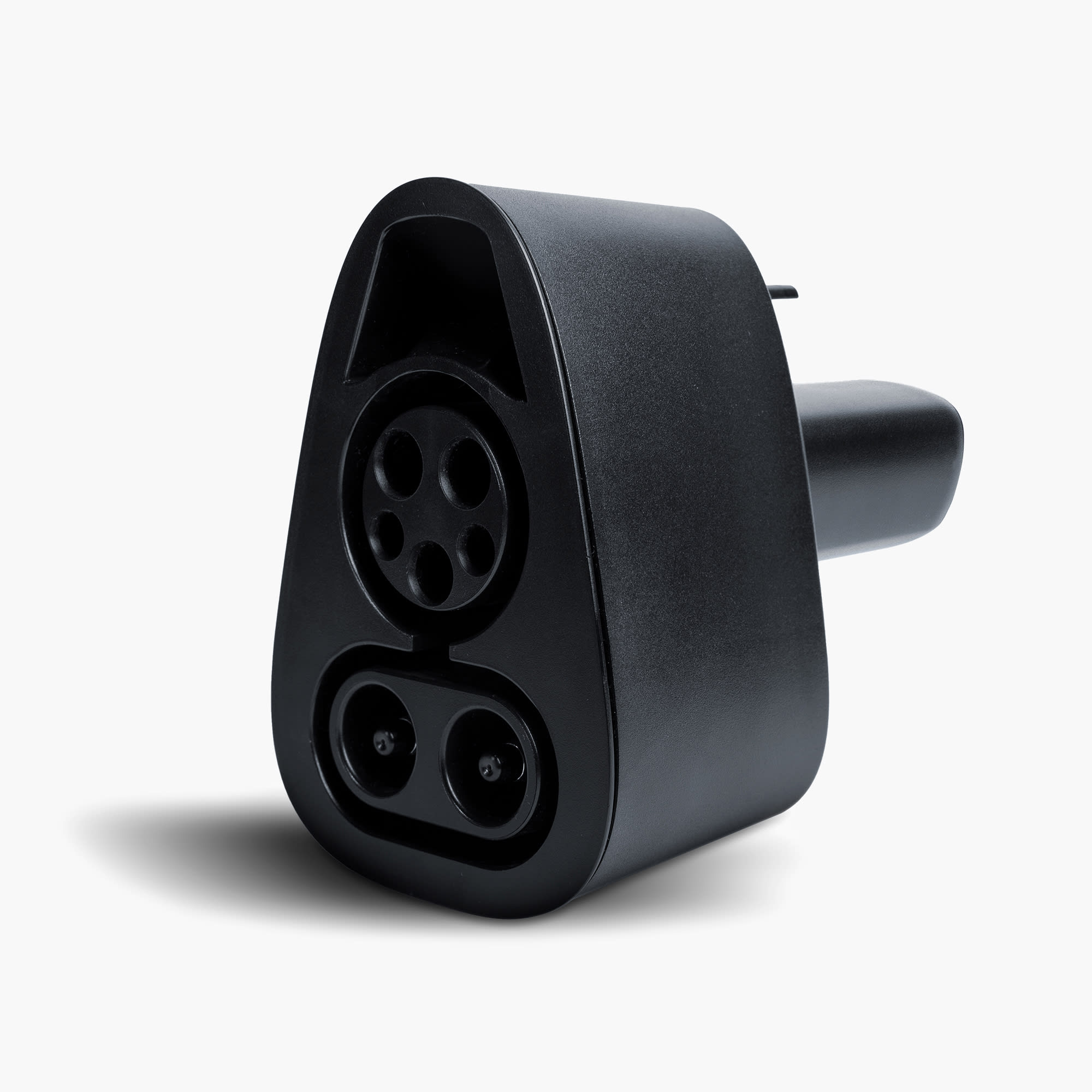gnuarm
Model X 100 with 72 amp chargers
We've drifted a fair bit from the question of whether the Tesla connector can or should become a universal connector in NA.
(Not that I haven't drifted topics myself.)
But perhaps a different thread for the question of what EV adoption itself has looked like and will look like.
You are right. Thanks.
I had resigned myself to the idea of needing a CCS adapter and possibly needing to have my car upgraded to work with it. It never worked with the Chademo adapter. But this does give me hope that the pendulum may swing the other way. If other charging stations start adding the Tesla connector, I think it will be game over.
While there are more CCS stations, there are more Tesla chargers. Many of the CCS chargers don't work at any given time, if you can believe the stories of newbies making trips and having to stop overnight to charge. That doesn't really happen with Tesla Superchargers. I can't remember ever seeing a station out of service. It will be nicer to have North America swing over to the Tesla connector. It's just nicer to deal with, rather than the large, clunker CCS connector.




